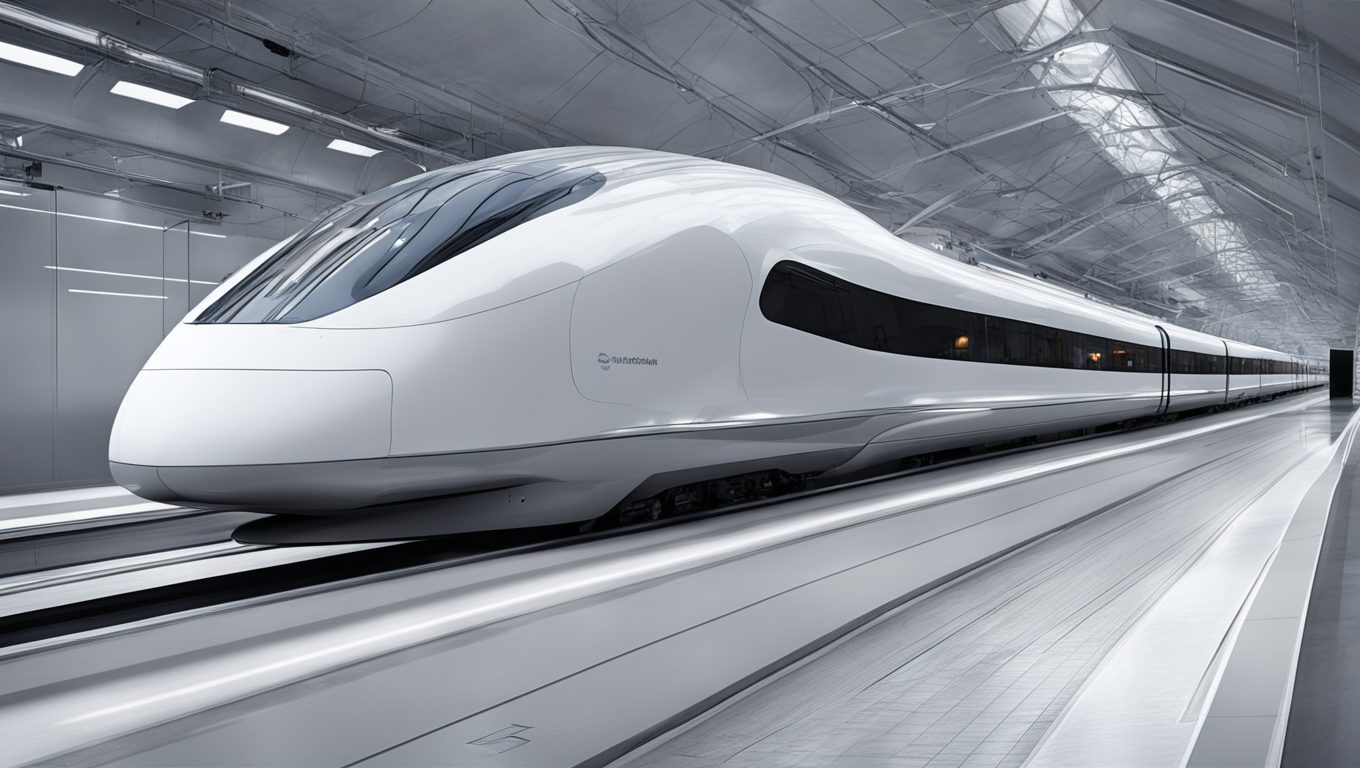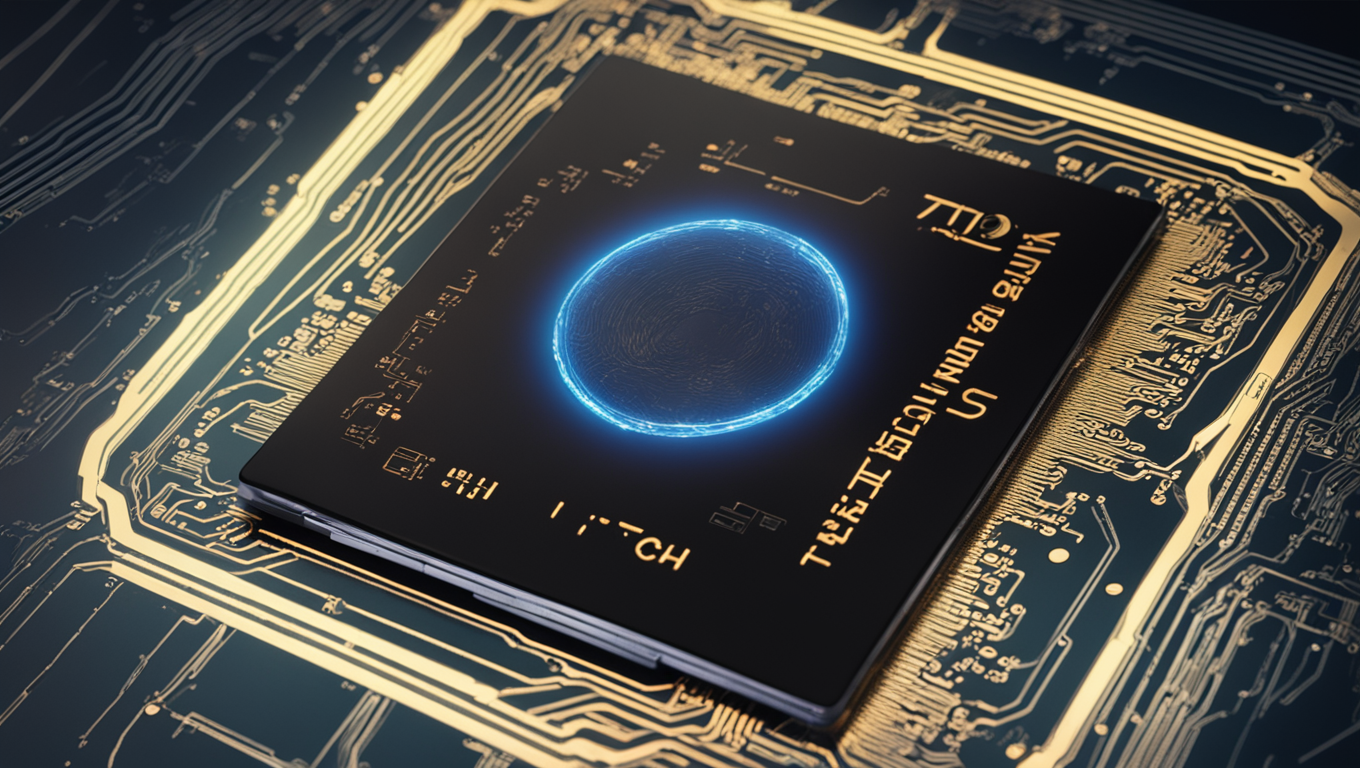In a revolutionary move for rail management, Hitachi Rail has teamed up with Nvidia to develop the Hyper Mobility Asset Expert (HMAX), an AI-powered platform that aims to enhance efficiency and predictability in the railway industry. Hitachi Rail has been utilizing digital sensors for monitoring train cars, rails, signaling systems, and tunnels to improve performance but wanted to accelerate the analysis of this data using artificial intelligence.
“We needed to find a solution that leveraged the existing infrastructure,” says Gajen Kandiah, President and COO of Hitachi Digital and co-lead of the Hitachi AI Transformation Center. “The question really became: We are capturing all of this data on the edge because the trains are rolling at all times, we have digital capabilities internally — how do we connect the two?”
HMAX integrates with rail companies' operations and maintenance systems, combining live data collection from train sensors and cameras with AI to enable operators to predict problems, enhance networks, and ensure efficient operations of trains and related infrastructure. The platform automatically centralizes data collected by sensors and cameras, eliminating the need for manual offloading and streamlining the analysis process.
The impact of HMAX has been remarkable. Notably, it has reduced service delays by over 20%, train maintenance costs by 15%, and fuel costs at train depots by 40%. Additionally, it is lowering the total cost of ownership of trains, allowing for longer train lifecycles and less frequent replacements.
Giuseppe Marino, Group CEO of Hitachi Rail, affirms that HMAX has been successfully installed on more than 2,000 train carriages and plans to expand its implementation to other rail operators, including the Copenhagen Metro in Denmark. Hitachi Rail believes that the technology is applicable to other industries with large infrastructure, such as the energy sector.
This ground-breaking collaboration between Hitachi Rail and Nvidia not only exemplifies the integration of artificial intelligence in critical infrastructure but also showcases the potential for AI to address challenges faced by rail operators. The implementation of HMAX has revolutionized rail management, ensuring efficiency, predictability, and substantial cost savings. With further exploration and advancements in AI technology, the possibilities for solving different use cases across industries are expanding.
“We are starting to see the potential of the product and of the technology,” says Kandiah. As Hitachi Rail continues to learn and progress, HMAX is poised to make an even greater impact in the future, transforming the landscape of rail management and beyond.





Use the share button below if you liked it.